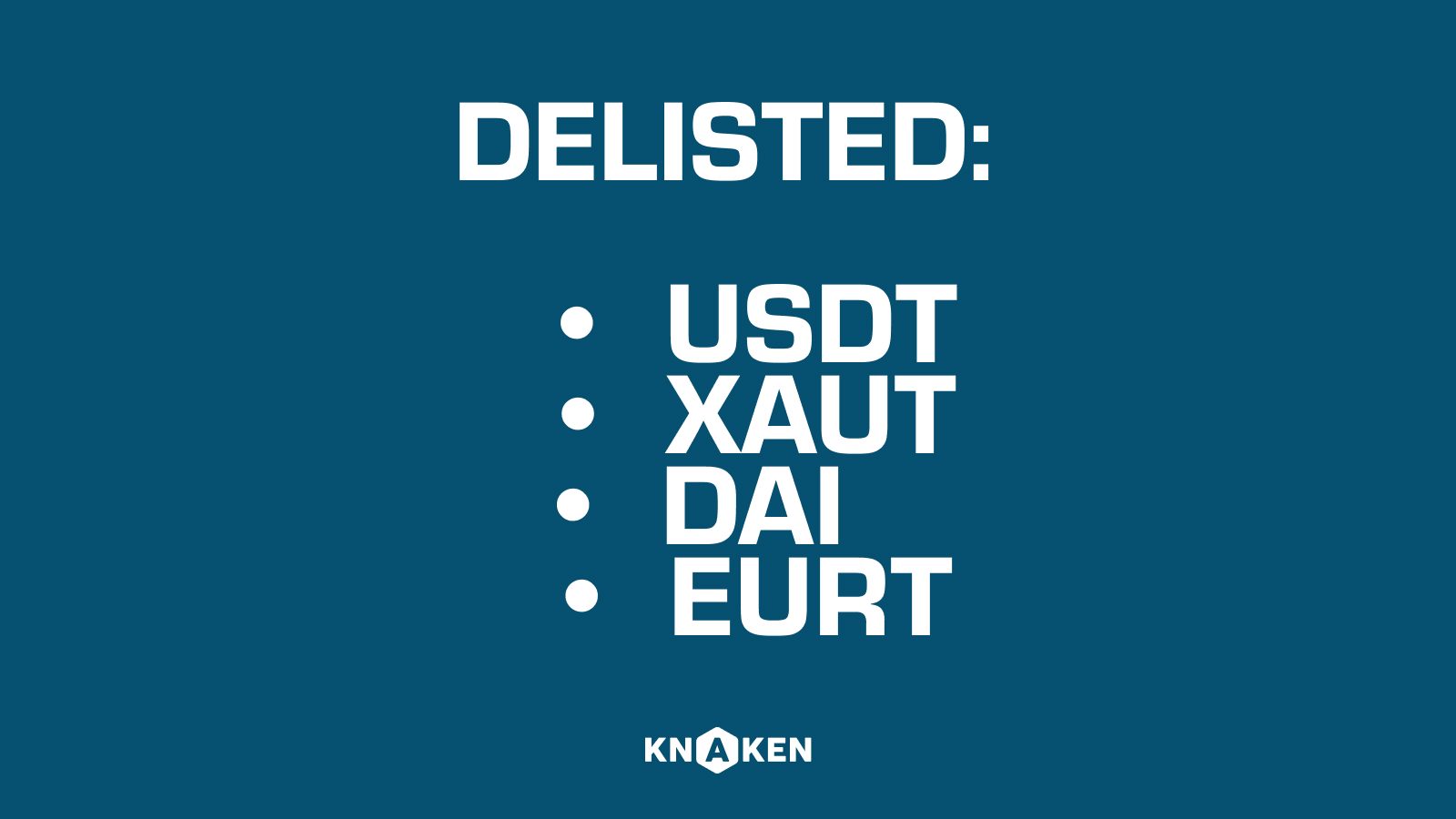Momentum Trading in Cryptocurrency
Definition of Momentum Trading
Momentum trading is a popular trading strategy in the financial markets that involves buying assets that have shown an upward price trend and selling those that have shown a downward trend. Traders practicing momentum trading believe that assets that have performed well in the past will continue to do so in the near future, while those that have performed poorly are likely to continue to decline. This approach is particularly relevant in the highly volatile cryptocurrency market, where rapid price changes can create significant trading opportunities.
Principles of Momentum Trading
The principles of momentum trading are grounded in the following concepts:
- Trend Following: Momentum traders look for assets that are trending in one direction, usually established through technical analysis and price patterns.
- Volume Analysis: High trading volume often accompanies momentum moves, indicating strong investor interest and commitment to the price direction.
- Time Frame: Momentum traders may operate on various time frames, ranging from seconds to days, but typically focus on short-to-medium term trades.
- Risk Management: Effective risk management strategies are essential, as momentum trading can increase vulnerabilities to swift market reversals.
Strategies for Momentum Trading
Momentum trading strategies can vary but often include the following:
- Breakout Trading: Buying assets as they break above key resistance levels or selling them as they fall below significant support levels.
- Moving Averages: Utilizing moving averages (simple or exponential) to identify trends; traders may buy when a short-term moving average crosses above a long-term moving average.
- Relative Strength Index (RSI): Using the RSI indicator to assess whether an asset is overbought or oversold and to identify potential entry or exit points.
- News and Events: Capitalizing on market-moving news or events that might influence price momentum, such as regulatory announcements or technological developments.
Advantages of Momentum Trading
Momentum trading offers several advantages:
- Potential for High Returns: The crypto market’s volatility can yield significant profits in a short amount of time.
- Clear Entry and Exit Points: Trends can provide clear signals for when to enter or exit a trade.
- Market Efficiency: Momentum trading can align with market psychology, capitalizing on herd behavior and investor sentiment.
Challenges of Momentum Trading
Despite its potential, momentum trading also poses several challenges:
- Market Volatility: The cryptocurrency market is notoriously volatile, which can lead to rapid losses.
- False Signals: Traders can easily be misled by false breakouts and retracements, resulting in premature trades.
- Emotional Decision Making: The psychological aspects of trading can lead to rash decisions driven by fear or greed.
Tools and Indicators for Momentum Trading
Momentum traders often utilize various tools and technical indicators:
- Chart Patterns: Identifying patterns such as flags, pennants, and head and shoulders can help define trends.
- Momentum Indicators: Indicators such as MACD (Moving Average Convergence Divergence) and Stochastic Oscillator help gauge the strength and direction of price movements.
- Charting Software: Platforms that offer advanced charting capabilities and real-time data can enhance the decision-making process for traders.
Conclusion
Momentum trading in cryptocurrency is a dynamic strategy that attracts both novice and experienced traders. While it offers the potential for significant profits through trend-following and market sentiment analysis, it requires a solid understanding of risk management and a disciplined approach to trading. As with any investment strategy, thorough research, continuous learning, and a cautious mindset are crucial for long-term success in this volatile market.


















